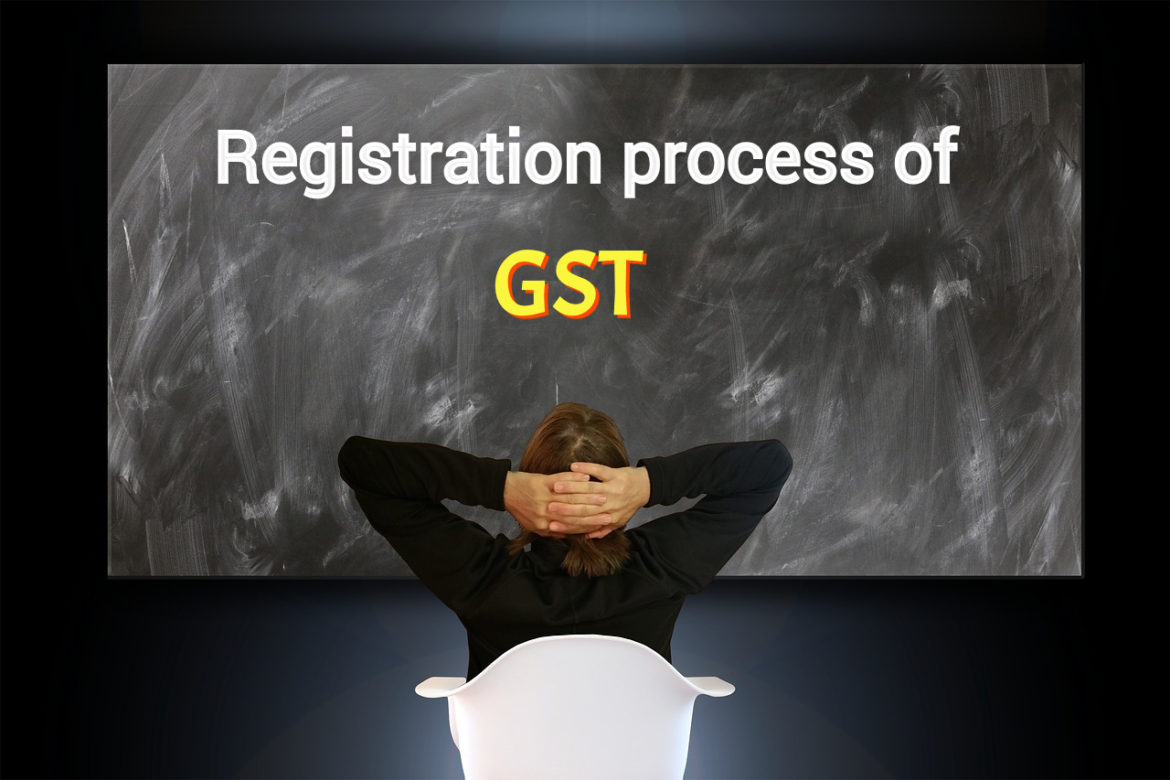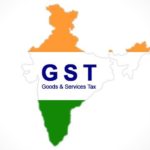India has a tax called the Goods and Services Tax on goods and services used there (GST). Other indirect taxes like excise duty, VAT, and services tax have mostly been replaced in India by the apply for gst. On July 1st, 2017, GST went into force in accordance with the Goods and Service Tax Act, which was adopted by the Indian Parliament on March 29.
Individuals who are taxed under GST
An Indian business person who is registered under the GST Act is a ‘taxable person’. There are many types of taxable persons, including individuals, HUFs, companies, firms, LLPs, AOPs/BOIs, government companies, co-operative societies, local authorities, governments, trusts, and artificial juridical persons.
Amount of turnover for GST registration
Anyone who wishes to register for GST can do so voluntarily irrespective of their turnover. The requirement for GST registration applies if a person or entity sells goods or services in excess of a certain threshold.
Service Providers: Any person or business that makes more than Rs 20 lakh in annual revenue from delivering services must register for GST. There is a Rs. 10 lakh limit on the GST turnover for service providers in special category states.
Suppliers of Goods: In accordance with Notification No. 10/2019, GST registration is necessary for everyone who engages in the exclusive supply of Goods and has an annual turnover of above Rs. 40 lakh. The supplier must meet the following requirements to be qualified for the Rs. 40 lakhs turnover limit:
- Provides no services and shouldn’t.
- It is prohibited for the supplier to make intra-state (supplying products within the same state) supplies in the following states: Arunachal Pradesh, Manipur, Meghalaya, Mizoram, Nagaland, Puducherry, Sikkim, Telangana, Tripura and Uttarakhand.
- Tobacco, ice cream, and pan masala should not be supplied by the company.
If When the turnover of the goods exceeds Rs.20 lakhs or Rs.10 lakhs in special category states, the supplier of goods would be required to obtain GST registration.
State Special Category: States listed as special category under GST include Arunachal Pradesh, Assam, Jammu and Kashmir, Manipur, Meghalaya, Mizoram, Nagaland, Sikkim, Tripura, Himachal Pradesh, Uttarakhand, and Sikkim.
In order to compute aggregate turnover, we need to subtract (Taxes + Value of Inward Supplies + Value of Supply Taxable under Reverse Charge + Value of Non-Taxable Supplies) from (Taxes + Value of Inward Supplies + Value of Taxable under Reverse Charge + Value of Non-Taxable Supplies).
PAN is used to calculate aggregate turnover. To arrive at the aggregate turnover, even if someone has multiple places of business, they must add up their sales.
A variety of GST registration types are available
A GST registration can be obtained by a regular taxable person, a casual taxable person, a non-resident taxable person, or an e-commerce operator, among others. The GST registration requirement applies to casual taxable persons, non-resident taxable persons, and eCommerce operators regardless of their annual turnover.
Casual Taxable Persons: A casual taxable person is one who irregularly offers goods or services in a State or a Union territory where the entity doesn’t have a fixed place of business, as defined by the GST Act. The GST would therefore classify those operating transient businesses at fairs, exhibitions, or seasonal operations as casual taxable individuals.
Taxable non-residents: Anyone providing goods or services but who does not have an established place of business or residence in India is considered a non-resident taxable person (NRI) under the GST. Any foreign individual, company, or organization that provides goods or services to India would therefore be considered a non-resident taxable person and would need to abide by all GST laws in India.
The Electronic Commerce Operator :An electronic commerce operator is a person who owns, operates, or maintains a digital or electronic facility or platform for electronic commerce. In light of this, anyone who does business online may be regarded as an eCommerce Operator and as such be forced to register for GST, regardless of the size of their business.
How does GSTIN work?
Entities with a GST registration number are given a GSTIN, also known as a Goods and Services Tax Identification Number (GSTIN). GSTIN is made up of 15 characters. Based on the applicant’s PAN and state, a GSTIN is assigned. The State Code is represented by the first two digits in a GST registration number. The applicant’s PAN is represented by the subsequent 10 numbers.
Register for GST by downloading a certificate
The supply of a GST Certificate to people who have registered for GST. A GST registration certificate must be prominently displayed at a business location if the owner has one, according to the law. A GST certificate can be downloaded through the GST Portal in a fairly straightforward manner. Once you’ve logged into the GST Account, you may access User Services. Select View / Download Certificate under User Services to download the certificate of GST registration.
IndiaFilings offers GST registration
You can register for the GST in fewer than 7 working days by using IndiaFilings. Enter your name, contact information (phone and email), then click “Go.”
As soon as we receive your request, a GST expert will get in touch with you to learn more about your company, the state where it’s based, and to discuss any problems you might be having.
In addition, the GST expert will compile and verify the papers required to submit an application for GST registration. All of your applications are uploaded to the GST Portal as soon as the payment is initiated, which also kickstarts the GST registration procedure.
It takes 3 to 7 working days to get the GST registration. You don’t need to be present in person at the workplace to do anything because it’s all done online. You also get access to the LEDGERS Platform so you can file your GST returns and invoice customers for GST. This is in addition to the GST registration.
Registering for GST voluntarily
Anyone who want to supply goods or services may voluntarily register for GST, regardless of yearly turnover. By voluntarily registering for GST, the company can send GST invoices to customers and be eligible for an input tax credit.
Failure to register for GST incurs a penalty.
Any person or business that surpasses the threshold for aggregate turnover must register for GST within 30 days of becoming subject to the criteria for registration. For tardiness or disobedience, a fine of Rs. 10,000 may be assessed, and any input tax credits accumulated while you were waiting would be forfeited.
A GST registration offers many benefits
Registration for GST has the following advantages:
Loans from banks: A business can establish a track record by registering for GST and filing GST returns as evidence of business activity. Using information from GST returns, banks and NBFCs make loans to businesses. Therefore, GST registration might aid in the formalization of your company and the receipt of credit.
A GST registration is often required during the supplier onboarding process for reputable businesses. This will increase your revenue as a result of GST registration.
Online selling: A GST registration enables you to sell online because it is necessary to have one in order to sell through sites like Amazon, Flipkart, Snapdeal, Zomato, Swiggy, and others.
Credit for Input Taxes :Businesses that have registered for GST are permitted to charge GST to customers for supplies and deduct the tax burden from GST paid on a variety of goods and services. Therefore, GST registration can lower your tax bill and increase your profit margins.
Related Posts












